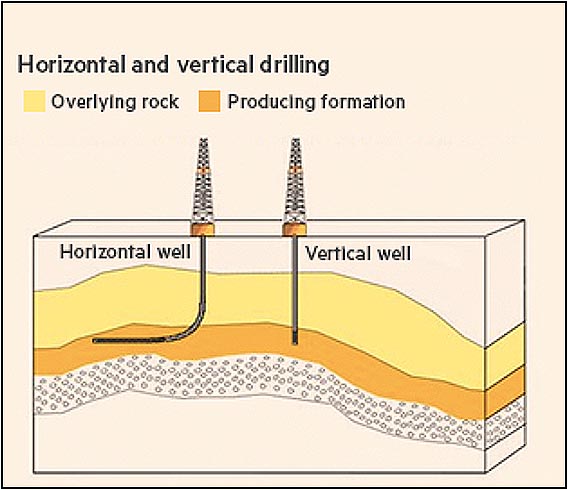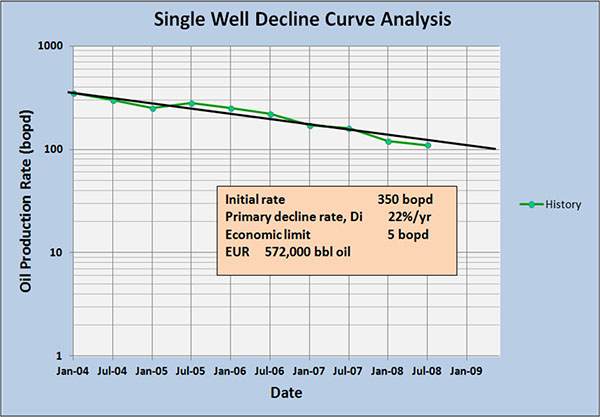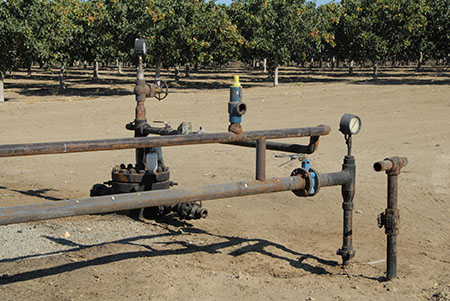
Reservoir Management
Reservoir management includes elements of geology, rock and fluid properties, development planning, performance monitoring, and cost-benefit analysis. Our staff can define both the technical and economic dimensions of your reservoir, design development scenarios, evaluate the economics for each case, perform sensitivity studies, and identify the optimum business solution. From reservoir description to production forecasting and capital sensitivities, we provide the data you need to make decisions.
Reservoir Characterization
The first element of reservoir management is a good characterization study, which forms the foundation for all other work. PayZone's special expertise in formation evaluation and advanced petrophysical models is key to our high-quality reservoir description projects, which also incorporate geology/geophysics and engineering input. If the budget does not extend to a full characterization, targeted studies to investigate particular problems, or to support specific business decisions, may also be done.
Development Plannng
Development planning includes many possible elements, from the design and placement of new wells, selection of appropriate EOR techniques, to realignment of an existing reservoir recovery operation. For example, consider a conventional oil play. Economic exploitation depends on the recoverable oil reserves and the cost structure to implement the development plan. The geologic configuration of the target zone (structure and stratigraphy), distribution of reservoir properties, number of take-points, wellbore design, completion technique, and spatial placement of wells comprise the technical elements of the plan Price decks, expenses, project life, and fiscal regime define the business framework.
A sound decision to execute the development plan requires an economic evaluation of the project's technical design. Well configuration whether horizontal or vertical is dictated by structural featres, reservoir character, and recovery efficiency for each well geometry. Attention to the geology is also critical in designing a development plan. For example, in some structural settings, placement of the lateral section parallel to the minimum horizontal stress can increase the chance of the wellbore intersecting the fracture network and realizing enhanced production.
A project may also benefit from the capital efficiency of horizontal and/or deviated wells and the reduced footprint over a vertical well arrangement. For facilities intensive developments such as thermal recovery operations, the savings realized by clustering facilities at a group of directional wells with closely-spaced wellheads can be considerable. We can perform studies to identify suitable wellbore configurations and other project design elements from combining geological, reservoir, and deliverability appraisals. Since geological features strongly dicatate the choise of recovery technology, this integrated approach raises confidence in the decisions resulting from this process. Our technical analyses include production forecasting through DCA, throughput estimation, and field analog surveys to postulate similarities in behavior .


